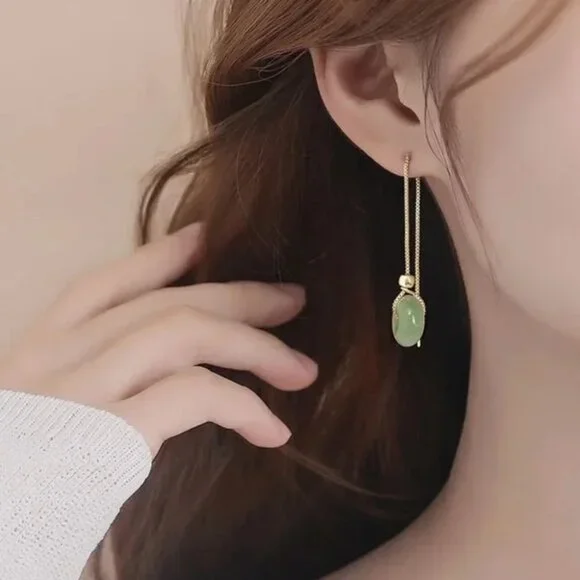
New
Arrivals/Restock
14K Gold filled Jade Earrings
 Limited Time Sale
Limited Time SaleUntil the end
11
12
23
$15.60 cheaper than the new price!!
Free shipping for purchases over $99 ( Details )
Free cash-on-delivery fees for purchases over $99
Free cash-on-delivery fees for purchases over $99
See all stores
Please note that the sales price and tax displayed may differ between online and in-store. Also, the product may be out of stock in-store.
New $39.00
Product details
| Management number | 2857164 | Release Date | 2025/08/02 | List Price | $23.40 | Model Number | 2857164 | ||
|---|---|---|---|---|---|---|---|---|---|
| Category | |||||||||
Correction of product information
If you notice any omissions or errors in the product information on this page, please use the correction request form below.
Correction Request Form



















